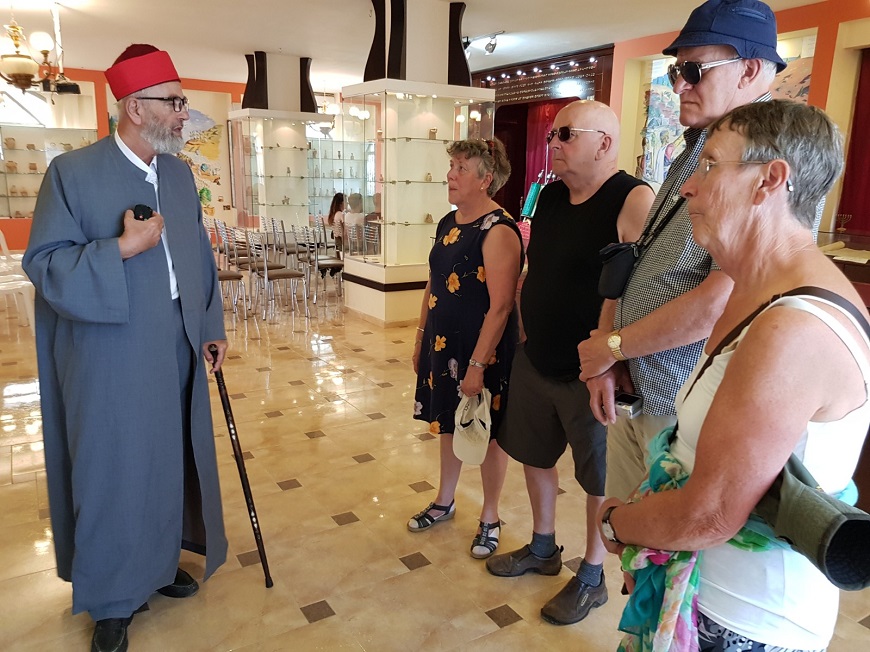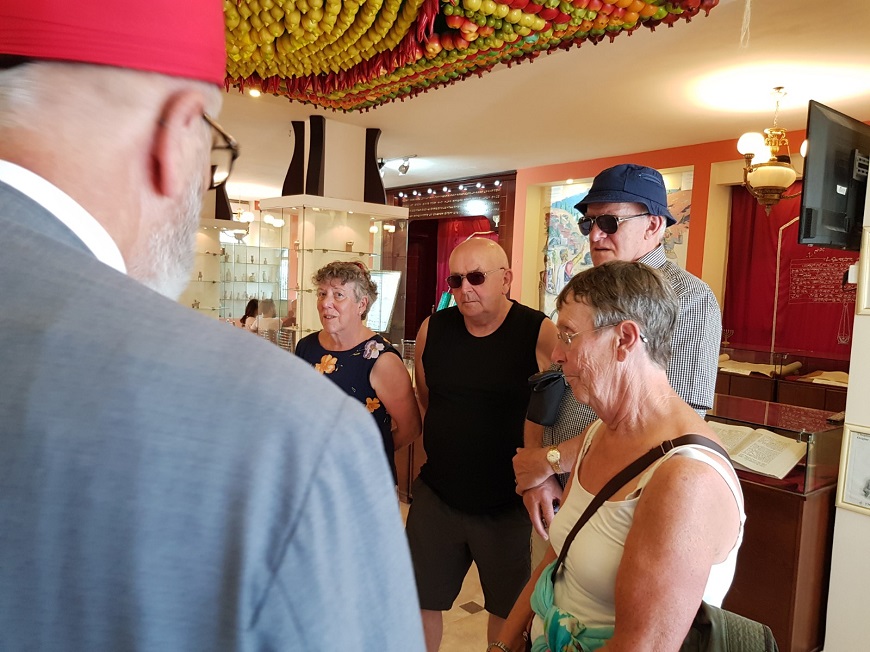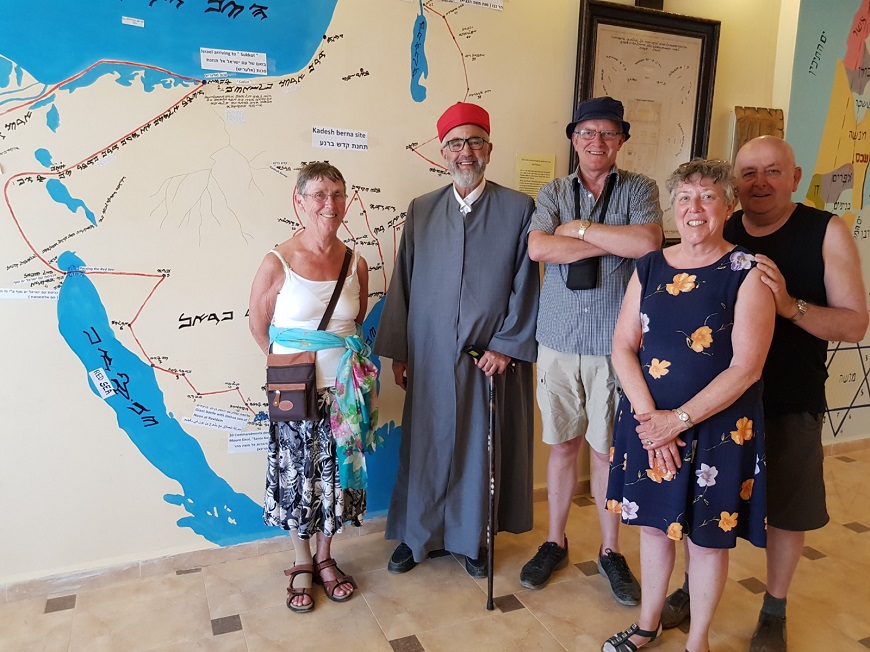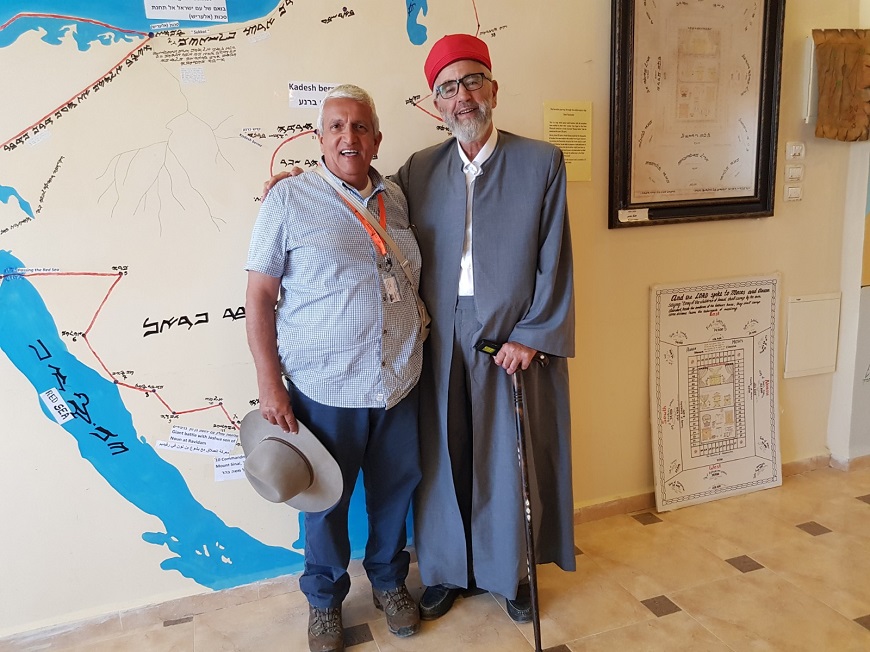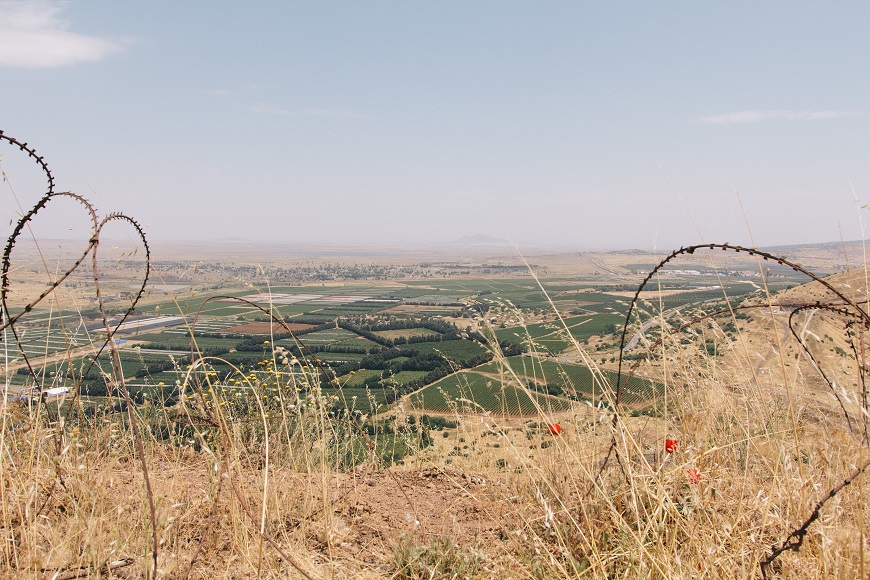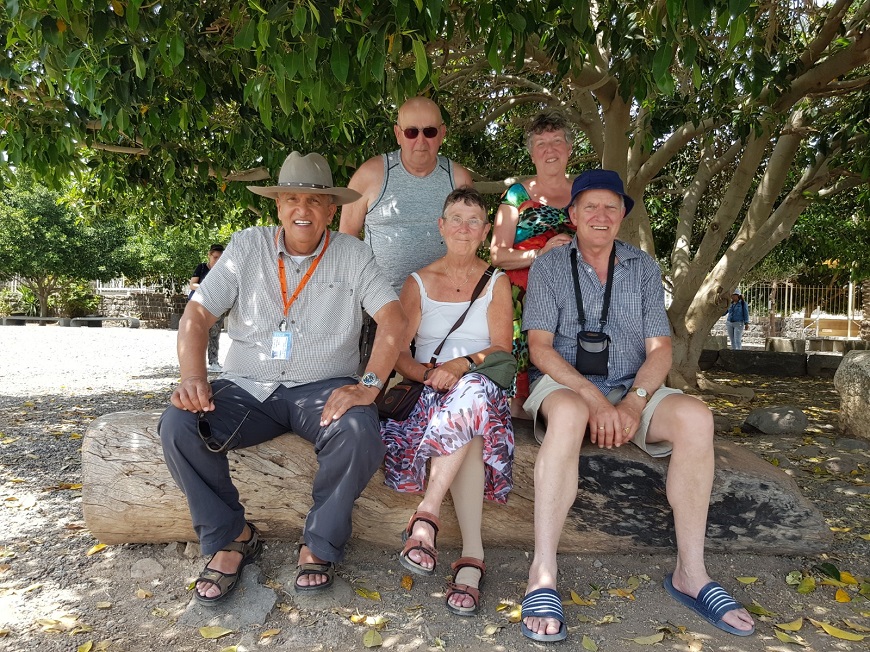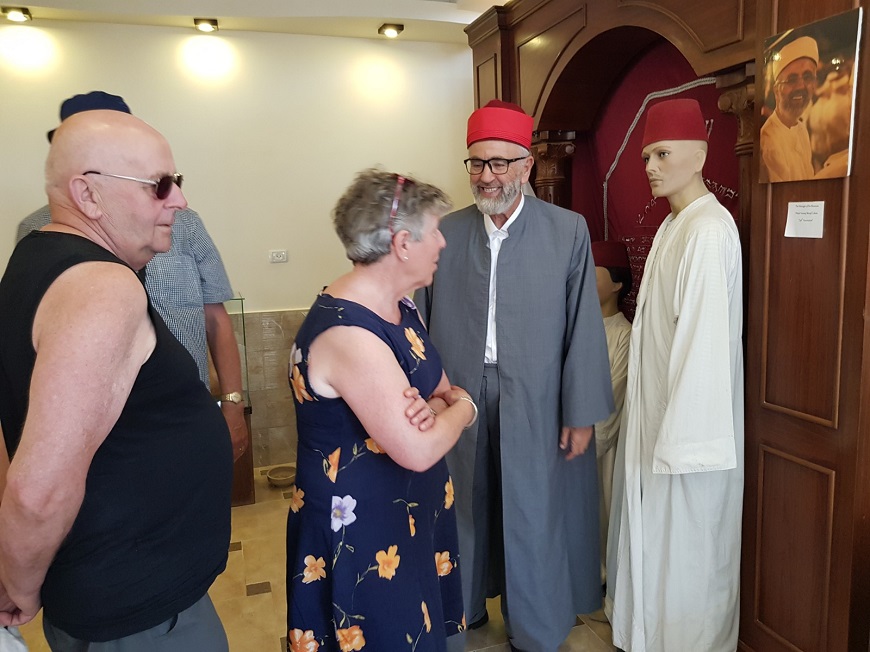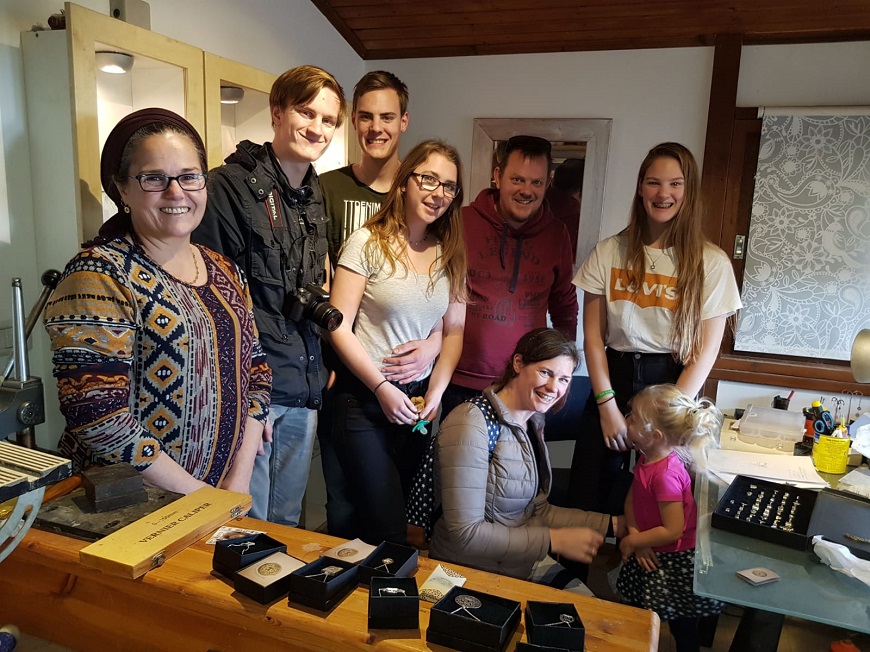Samaria, Mount of Blessing and Mount of the Curse
Where: Beit El, Shilo, Har Kida, Har Bracha.
Duration: 1 days
What to bring:A Bible, high-topped shoes, hat, water, modest clothing.
Language: The tour is originally in English.
The division of the Jewish kingdom in the Land of Israel in the days of Rehoboam led to the establishment of the Kingdom of Israel - the northern kingdom - and on the central mountain avenue, an area called Shomron (Samaria) comprised of the 10 tribes. But even before the split of the kingdom there was a Jewish settlement for hundreds of years whose capital was in Shilo in the heart of Samaria, where the Tabernacle was kept with the Ark. The kingdom existed between 796 BCE and 554 BCE, when it was destroyed by the Assyrian kingdom, and some of its inhabitants were exiled to the north and east.
Activities
In Book of Kings 2 it is written: "In the ninth year of Hosea, the king of Assyria took Samaria and carried Israel away into Assyria and placed them in Halah and in Habor by the river of Gozan and in the cities of the Medes". Among historians there is disagreement over who conquered Samaria, whether Shalmaneser V or Sargon II. In any case, it is clear that Sargon, who reigned after Shalmaneser, completed the occupation and discovered only a few Samaria residents, some 27,000 - the cultural elite - all the rest had fled to Judea or had remained as farmers working the land, and in fact it was in the interest of Assyria to leave them to cultivate the land and in this way pay taxes. By the way, Sargon II's son was Sennacherib.
The Assyrians carried out a transfer of the population and brought the Cuthians to Samaria - now called Samaritans - and called by the Jews "converts by coercion". During our tour we will explain.
We will visit Beit El, Shilo, Har Kida, Har Bracha, visit the Jewish farmers in Samaria, the new settlers in the Land of Israel, who make a living by raising sheep and producing excellent wines. We will hold a dialogue to familiarize ourselves with these ideological people whose love of the Land of Israel led them to renew their settlement there.
What to bring: A Bible, high-topped shoes, hat, water, modest clothing. The tour includes walking about 3 kilometers.
The legend of the Sambation River: Legend has it that the Sambation throws stones at its banks, and therefore no one can cross it, but the river does not violate the Sabbath, and therefore the rain of stones stops when Shabbat begins. Behind the river, the ten tribes, according to the Ten Tribes legend, are guarded by the river, and the furious river keeps them guarded until the Redemption.

